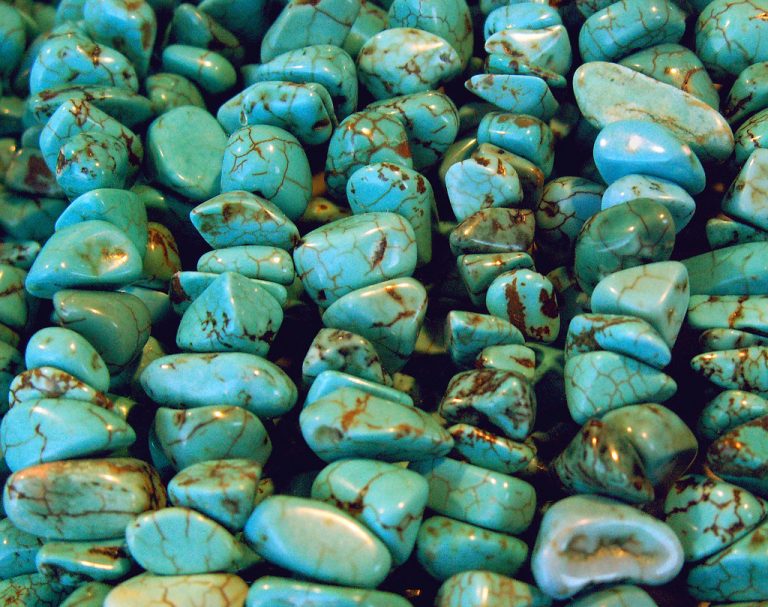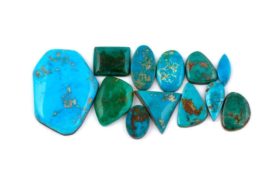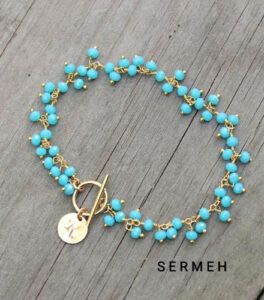 History Of Turquoise Stone
History Of Turquoise Stone
What do you know about the History of Turquoise Stone? Turquoise Moorbe Persian Turquoise is a naturally hydrated aluminum phosphate that crystallizes in a curvature, is blue with copper, and is used as a jewel. Turquoise with the chemical formula CuAl6 [(OH) 2 – PO4] 4.4H2O is a rare and valuable color mineral Turquoise (light blue to green) and is a phosphate. This mineral is shaped by turquoise and is used as a jewel for rings, necklaces, earrings, and other jewelry. Carrying this stone is highly recommended in Islam as a ring. The hardness of turquoise is (6-5).
What do you know about turquoise jewelry? According to the evidence left in the “Burnt City”, the inhabitants of the Iranian plateau have been making ornaments using colored seeds and beads since 2000 BC. Since then, this art has been common on a small scale in the Achaemenid era, using a variety of stones and jewelry using simplified animal and plant designs.
Ancient jewelry
Very few jewels were made before the 18th century that could be examined and evaluated. The best examples are probably from ancient Egypt, which was more than the combination and design of jewelry with gold and turquoise, azure, and agate jewels.
This demonstrates the high skill of the ancient Egyptian goldsmiths in refining, rolling, polishing, and welding, and perhaps the design of stones using silica, similar to the method used in ancient China. The Romans were more advanced in polishing stones than in making jewelry. The Middle Ages undoubtedly had a dark period in the goldsmithing and stonemasonry industry, so in the Gothic style, we only saw the making of brooches, belt buckles, and rings.
After the discovery of the Americas in the 15th century, Europeans began to increase the gem trade to the point that in the 16th and 17th centuries, gemstone jewelry was sold all over the world. With the increase and influence of jewelry, this business increased and their acquisition became more and more popular.
History of turquoise in the world
Archaeological excavations have shown that the rulers of ancient Egypt decorated their jewelry with turquoise stones, and Chinese artists recorded and used it in their works more than 3,000 years ago. The Egyptians called turquoise the “stone of life”, the oldest jewelry made of this stone is the four necklaces found in the hands of the mummified body of Queen “Zar”; He ruled Egypt around 5500 BC.
Egyptian Pharaoh Mask Tutankhamun is made of gold and turquoise
The Aztecs in South America knew and valued turquoise. They used turquoise on masks and religious objects. (Mask of the fire god of the Aztecs)
Turquoise is the national stone of Tibet and has been believed by Tibetans to ensure the health, wealth, and protection of the people of this country for many years. Turquoise was highly respected in Tibet and accompanied him throughout his life.
Turquoise was a gemstone and an exchange unit for Native American tribes in the southwestern United States, who also used turquoise in their jewelry and weapons. The Apaches believed that riding turquoise on a bow or weapon increased the accuracy of a hunter or warrior.
Turquoise Rings have had a mystical and symbolic meaning throughout history and different cultures. The circular shape represents the cycle of life and eternal love. The tradition of giving gifts to each other dates back several thousand years ago. Giving a turquoise ring to men and women as a gift is thought to bring happiness and bliss.
Turquoise Rings have long been a popular and valuable piece of jewelry for Native Americans, and they are known to have many rings with turquoise on each hand. The original indigenous rings were made of natural materials such as wood, bark, stone, and bone. They were simple stirrups.
With the advent of metalworking by the Europeans, the first metal rings were made of brass, copper, iron, and silver. These metal rings were simple and decorated with engraving or carving. By 1890, metalworking skills had been added to the additional patchwork elements and frame background for the stones. Stones such as turquoise, agate, emerald, ruby, diamond, etc. soon became the main symbol of the ring.
The rings made by the natives of India were highly regarded by tourists, other Indian tribes, and collectors. These rings were cheap and there were different styles among the artists. And of course, most people wore more than one ring.
Since 1970, the demand for high-quality Indian-made rings has been steadily increasing. Native Indian silversmiths not only used silver to make men’s and women’s rings, but gold also had many uses for them. Some Indian silversmiths also used to create strange and unusual gemstones in their rings, which made the produced rings very beautiful and artistic in style.
Navajo silversmiths usually make more modern turquoise rings and turquoise inlaid rings. Rings with a jewel can have a very simple design, or we can paint on it or engrave designs on it.
The Zuni Indians of India are well known for their painting and stone carving skills. They traditionally work with turquoise, coral, black amber and pearls. Zuni silversmiths are known for their finesse in making rings, needle designs, and enameling of turquoise rings.
In 1966, a statue of a turquoise sheep was unveiled in France at the 7,000-year-old Museum of Art in Iran, indicating that the date of extraction and use of turquoise is more than 7,000 years old. Elsewhere in the world, the oldest use of turquoise dates back to 3400 BC. According to archeological data, turquoise was used as an ornamental bead in Zagheh hill south of Qazvin, 8000 years ago. Turquoise beads have also been found in the tombs of Mohammad Jafar period.
From the distant past until now, many people have believed and still believe that “turquoise is a stone created for man and for his comfort” Even today in the world of fashion, despite the multiplicity and variety of jewelry, the jewel of turquoise with That celestial and magical color has attracted the interest and belief of many people and is particularly
popular. In many ancient and modern cultures, turquoise has been mentioned as a sacred stone and a talisman of happiness and fortune.
The handicrafts made of turquoise gem, which were found during the archeological excavations in Egypt, in tombs related to three thousand years BC, are the oldest evidence of this and show that the ancient Egyptians used turquoise. They knew a spiritual and sacred gem.
History of Turquoise in Iran
The history of turquoise has proven that its superior type has never been easy to obtain. According to the relevant documents, the turquoise mines of ancient Iran were among the best mines in the world. Colorful sky blue is the best turquoise color in Iran. This turquoise has been exported all over the world in the past. For example, although the United States is one of the major exporters of turquoise, the import of this country has been and is high due to the increasing interest of the people of that land and jewelry makers for Iranian turquoise cut stones.
The stone is the wish of all the kings of the countries from the time of Cyrus and Darius the Great, which was given as a gift by them to all the kings. In one of the inscriptions found related to the palace of Darius the Great in Susa, it is known that on that date it was called Firoozeh (Ehsaein) and was brought from Khorazm for the ornaments of the palace.
In the middle of the seventeenth century, Tavernier writes: “Turquoise exists only in Iran and is obtained from two mines. One of these two ancient veins is called Sakhreh, it is located 3 days away from Mashhad to the northwest, near a big city called Neishabour, and the other, which is called No Sakhreh, is 5 days away from it.
The stones obtained from the new rock are worse in terms of material and its color is bluish-white and not very good and many of them can be bought at a low price. “But the Shah of Iran has restricted the extraction of turquoise from the ancient rock for many years, and no one has the right to exploit it.” Today, as in the time of Tavernier, Mashhad and Neishabour are the main sources of turquoise in Iran.
The kings of ancient Iran used celestial blue gems such as turquoise to decorate their hands and necks, believing that this colorful gem would protect them from unnatural death. Therefore, the discoloration of the gems used in their necklaces and bracelets was not auspicious and was a warning sign for the person using it, but today it is not a secret that factors such as cosmetic light, dust, Fat, skin HP level, and some other chemical factors, change the color of turquoise gem, none of which is an alarm for the user of this precious and beautiful stone.
Turquoise has religious and artistic uses and has been important in the jewelry trade. Ancient physicians exploited the medicinal potential of stones, which varied in different lands and periods. They believed that placing a whole turquoise stone above the eyes would prevent blindness.
Turquoise was used as a powder or ointment if eaten or rubbed on the abdomen to treat stomach disorders, it was also used to treat internal bleeding, pain in the thighs and groin, snake bites, and scorpion stings.
Studies show that people in the time of Mohammad Jafar traded in turquoise. In the second period of Yahya Hill, turquoise beads were used. Also, the study of Silk Hill (Kashani) shows that the turquoise trade was established in this period and people were familiar with this gem in this period.
Neishabour turquoise mine was also exploited during this period. According to archaeological data and studies, seemingly decorative objects and beads, sometimes with religious uses, have long been of interest to human societies, and the amount and manner of use of these objects has been increasing, at least since the Neolithic period.
Most of these beads were made of various available materials such as wood, bone, stone, seashells, and metals, and later stones, especially rare stones, have a special place among this group of religious ornaments.
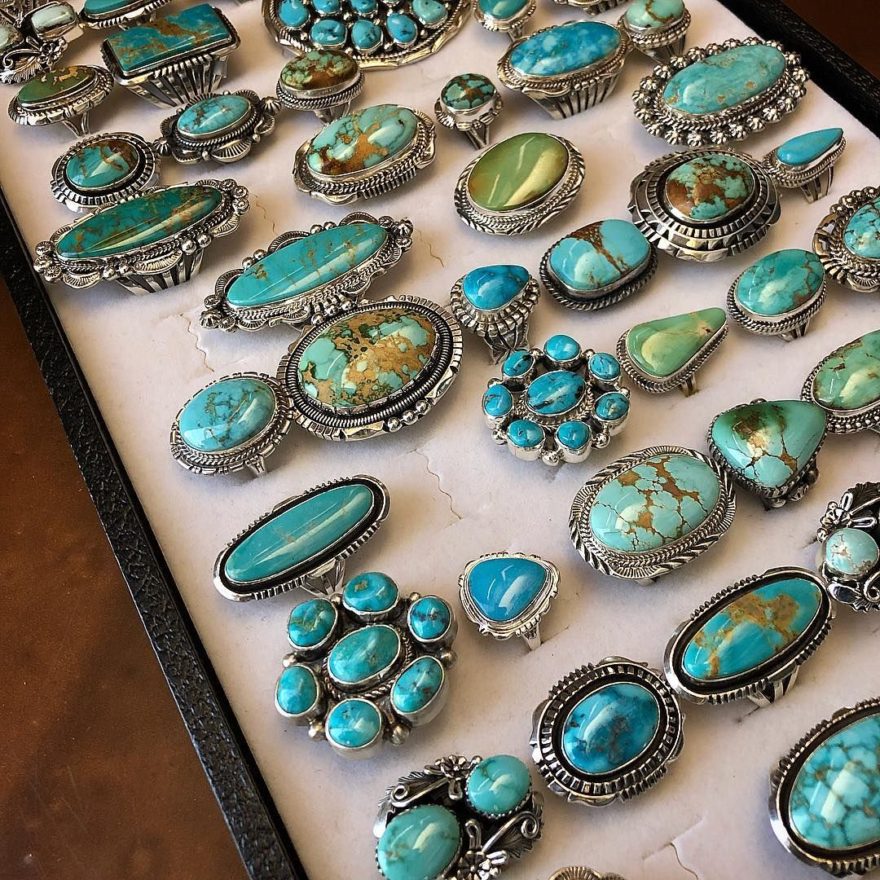
Achaemenid craftsmen made bracelets, bracelets, buttons, necklaces, and all kinds of decorative beads for kings, princes, and courtiers. During the Parthian period, the elegance of this art was added and the masters of the Parthian made rings decorative pins belts, and decorative hats, but the peak of this art should be sought in the Sassanid era. During this period, in addition to gold, the use of silver metal also became common.
Turquoise Stone is found in blue-greenish-green colors. Fereydoun Junidi writes about “turquoise” in his book “Iranian Turquoise”: The name of Piroozeh in the Pahlavi language rock is derived from the root roch = bright, which shows that the first turquoise obtained was earthy. Which itself is bright and shining.
Turquoise can be found in two forms: First, turquoise in the heart of the stone, which must be broken with a hammer, and the inner turquoise taken and polished to shine. Second, turquoise is free, in the heart of the soil, which is called earthy turquoise, and it is self-polished, and it is bright.
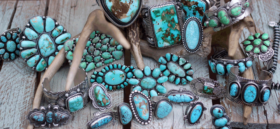
There is also a large turquoise mine in Babak City of Kerman province, which is comparable to Neishabour turquoise. It is for sale, but it is more expensive than Neishabour turquoise because there are gold streaks in this turquoise. In general, any quality turquoise is called Iranian turquoise.
Turquoise is found in 2 types: smooth (Ajami) and streaked (Shajari). In Iran, the Ajami type has many fans. Also, the Ajami type of Neyshabur is traded at a very high price.
The color of Turquoise stone is related to copper and iron. Turquoise is a living stone. Chemicals such as fats, acids, etc. cause damage to turquoise. Turquoise means Persian victory. In the book Hudood Al-Alam from the East to the West, it is stated: And in his mountains [Tus] is the victorious mine, and the copper mine, and the lead, the kohlrabi, the pseudo, and the heavy cauldron.
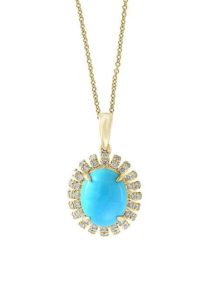
Turquoise is perhaps the oldest stone known to mankind. The beautiful stone that has been created has given a new color to colored words called turquoise.
Turquoise is a durable and protective stone that gives you a feeling of calm and comfort when you hold it in your hand. Ancient gemstones have been highly regarded by several civilizations around the world due to the supernatural sciences and the healing properties that surround them.
Although many of these gemstones are ancient, turquoise has been used as a fashion in all ages and has its fans because it has magnetic beauties that make people want to wear turquoise. Attracts on rings, earrings, necklaces, bracelets, etc. The name turquoise is derived from the French word (Pierre Turquoise Stone), which means Turkish stone. Venice often buys precious and semi-precious stones from Turkish markets.
Neishabour Turquoise is the most famous Turquoise Stone in Iran
Neishabour has one of the most famous turquoise mines in the world. It can be said that the main reason for the fame of this city is its turquoise mines. So its fame has reached the farthest corners of the world and enthusiasts of these beautiful and precious stones even know Iran as Turquoise and travel to our country to visit this turquoise mine in Iran.
Neishabour Turquoise is one of the oldest Turquoise Stone mines globally, located in Khorasan Province. The mine, which has not been abandoned after seven thousand years, its turquoise is still famous in the world and shows itself in the eyes of the fans.
How To Identify Real Turquoise Stone??
Although Neishabour turquoise is known as Neishabour City, after the growth of cities around Neishabour and the formation of “Firoozeh City”, “mining city” is now out of the scope of “Neishabour City” and is part of the regional divisions of Firoozeh city. However, the people of the world know Neishabour as Neishabour Turquoise.
Types of Neishabour turquoise
The best type of turquoise in terms of quality, color, and value is in the Neishabour deposit, which is one of the oldest mines in the world, and turquoise has been extracted since 4000 years ago. Neishabour Turquoise Mines is located 55 km northwest of Neishabour city, 35 km northwest of Firoozeh city, and 4 km northwest of Madan village.
To classify Iranian turquoise in Neishabour, turquoise stones are divided into two categories:
>earthen
>stony
Among these, earthy turquoises are of higher quality than stone turquoise.
kerman’s Turquoise Stone
Kerman’s Turquoise (Miduk) is another type of turquoise in Iran, which is located in Kerman province, 42 km northeast of Babak city and 132 km northwest of Sarcheshmeh copper mine.
In Babak city, you can see very beautiful and diverse examples of turquoise.
It can be said that one of the main sources of Turquoise Stone is Babak city in Kerman province. The color of this turquoise is usually duller than Neishabour turquoise. Polish and its quality is less than Neishabour turquoise. For this reason, when viewing these stones, their differences are easily clear. Therefore, you can easily distinguish Neishabour turquoise from Kerman turquoise when buying this product. It can also be said that Neishabour turquoise has more shine than Kerman turquoise, which doubles the beauty of this stone.
The difference between Neishabour and Kerman Turquoise Stone mines
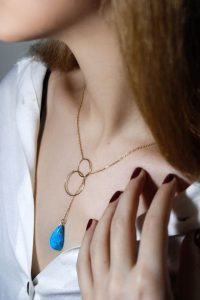
Properties of Neishabour and Kerman Turquoise Stone
Kerman turquoise has small pieces of stone like an ordinary stone behind its jewel. However, they are very beautiful. The colors available in the market among Neishabour turquoise are much more than Kerman turquoise. Therefore, it has more color variety and is more beautiful. Due to the location of Neishabour turquoise and its constituent elements and the climatic position of the Neishabour region, the turquoise of this city has more beautiful and diverse colors. Although Kerman turquoise is thicker than Neishabour turquoise, as mentioned, its strength is less. Most of the turquoises found in the city of Kerman have a very low hardness and easily break and corrode against impact. These stones are worn or broken, especially when cut or used. Among the types of turquoise in Iran, Neyshabouri turquoise, despite its small thickness, has more strength and you can use it with more confidence. Neishabour turquoise is used in turquoise handicrafts.
Silver and turquoise belt
In the 19th century, a man named Navajo began his career by combining turquoise and silver to make the most popular types of turquoise jewelry known today. The methods and materials used in his work have remained constant over time, and today’s artists use the same methods and symbols of turquoise to make jewelry.
The turquoise stone enhances the sense of self-examination in people and when speaking in front of others, it controls people’s nerves and reduces anxiety and stress. Turquoise also helps to stabilize the mood changes that surround a person at any time. Slowly solves negative attitudes and ultimately helps solve problems. The turquoise stone is a symbol of friendship and evokes romantic and imaginary love.
enhances the body’s immune system, stimulates tissue regeneration, heals the whole body, including anti-inflammatory and toxic effects, and reduces abdominal pain and muscle cramps. Turquoise cleanses and smoothes the lungs, soothes and soothes sore throats, and heals the eyes, such as diseases such as cataracts.
Turquoise plays a neutralizing role and is very useful in the treatment of many diseases such as rheumatism, gout, gastrointestinal problems, and viral infections.
Turquoise color
The color of the original turquoise depends on the amount of copper in the stone (blue), chromium or vanadium (green), and iron (yellow), ranging from light blue to greenish-blue and also greenish green. It turns yellow. Also, note that the original turquoise color is usually slightly opaque. Turquoise stones found in the Neishabour mine do not have a matrix and their colour is uniform blue.
The best turquoise is that it has a sky blue color, not the sky color around the horizontal, but the sky color, especially on the top. Neighbour original turquoise stone often has black spots and streaks on the back of the jewel and is one of the methods to identify the original Neishabour turquoise stone. The quality and properties of Neyshabur turquoise are better than other turquoise stones.
The most important factor in the difference between the prices of turquoise stone is its color. It is the color of the stones that determines the difference between these stones and their rarity. Saturated sky blue is the most expensive color among turquoise colors, a very large percentage of which is extracted from Neishabour turquoise mines, so pay attention to their color.
The color change in turquoise stone occurs as a result of sunlight, evaporation of natural water in it, purity and turbidity of air, and contact of fats and chemicals with it. For this reason, it is best to remove the turquoise ring from the finger when washing hands. Also, at a temperature of 250 degrees Celsius, its sky blue color turns into a matte green, and polishing turquoise stone causes it to become full of color.

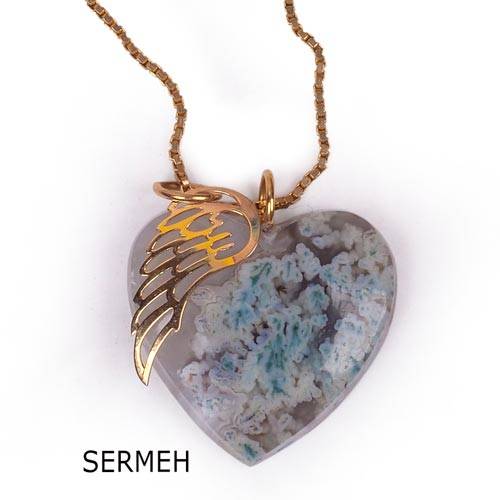
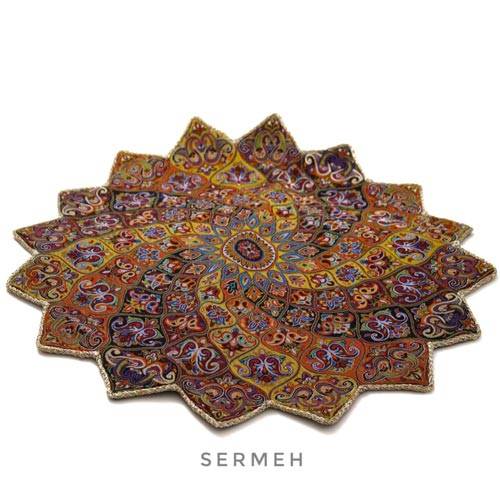
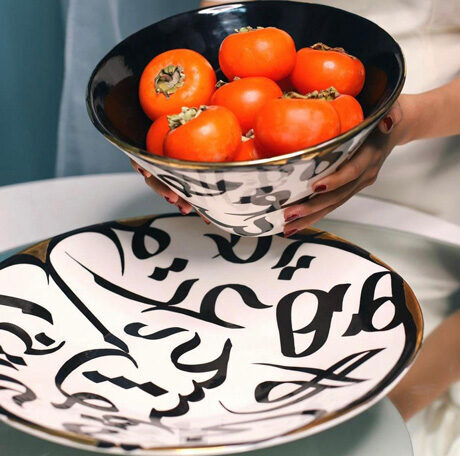
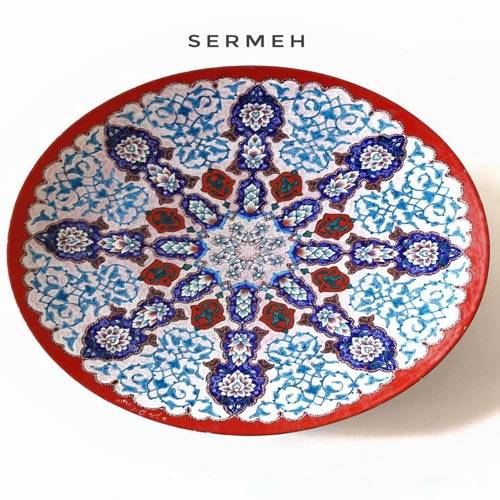
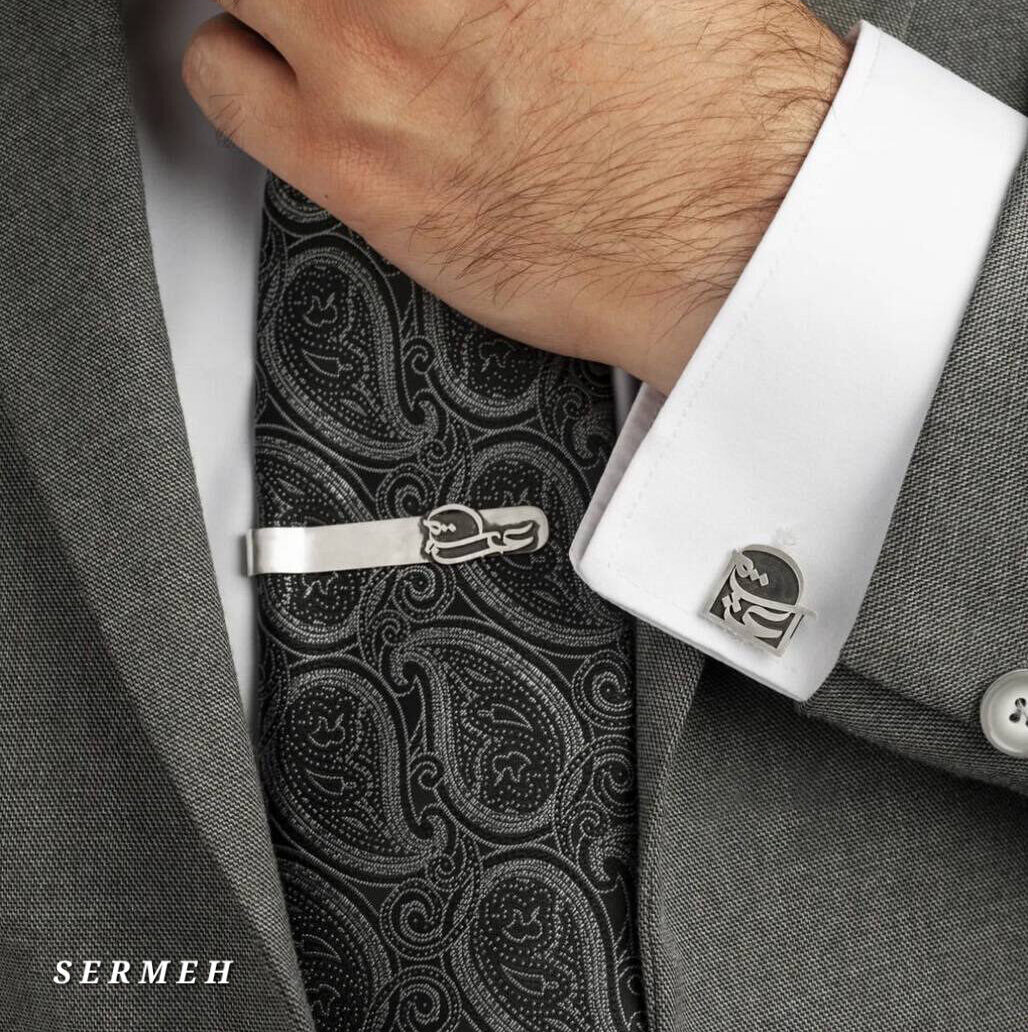
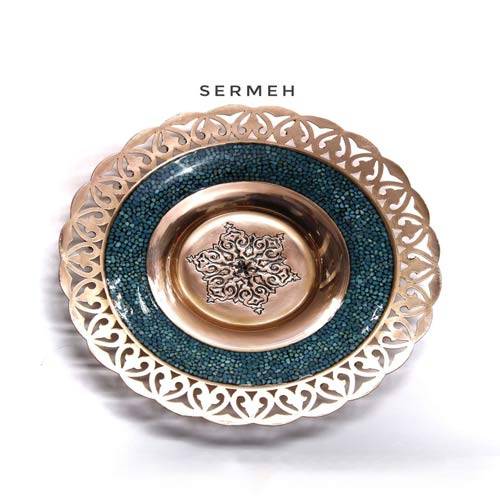
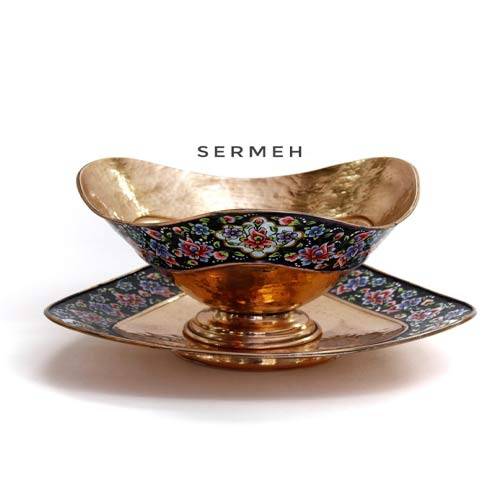
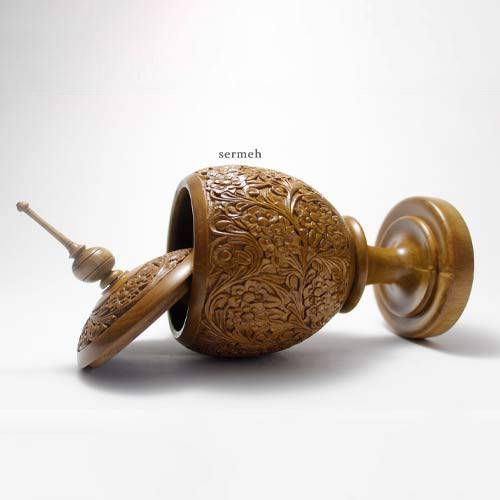
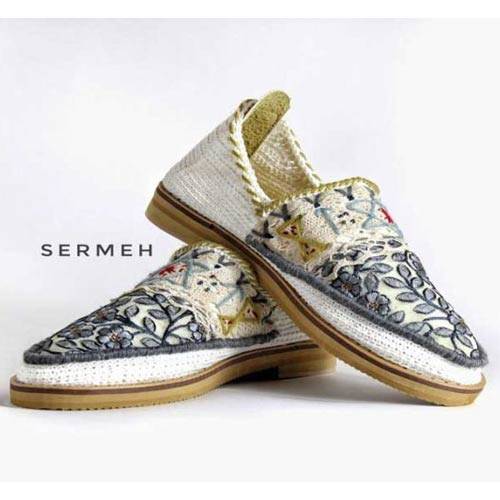

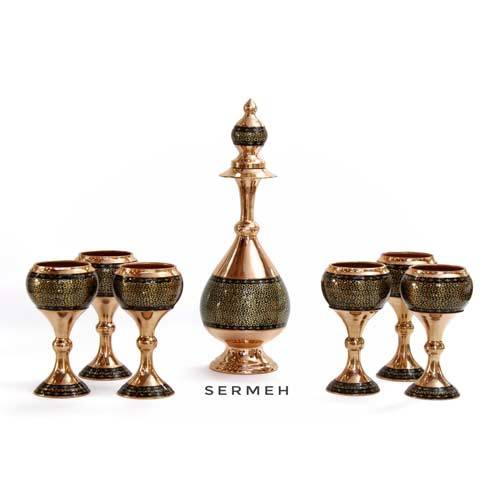
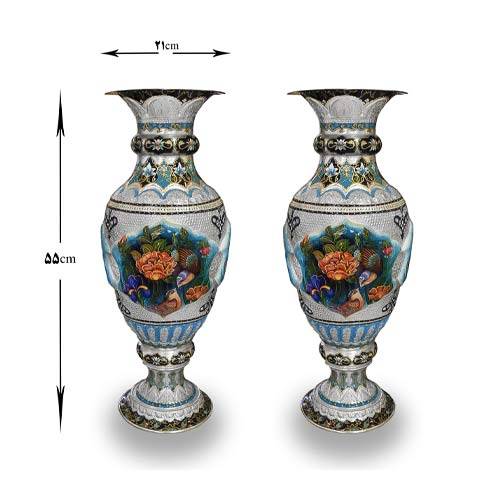
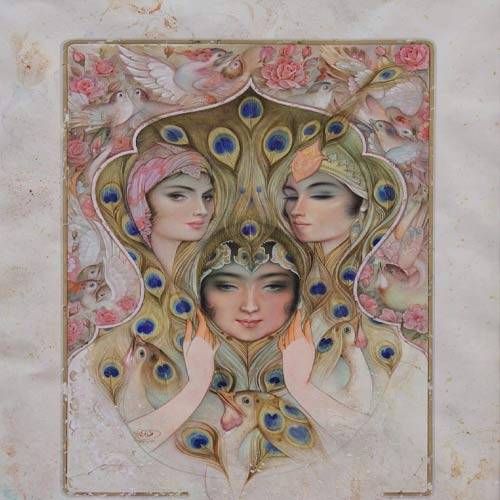
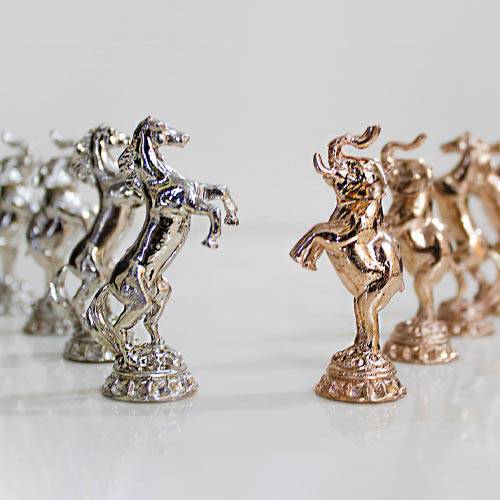
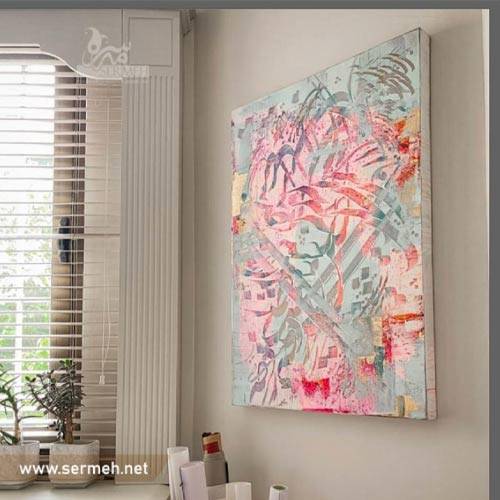
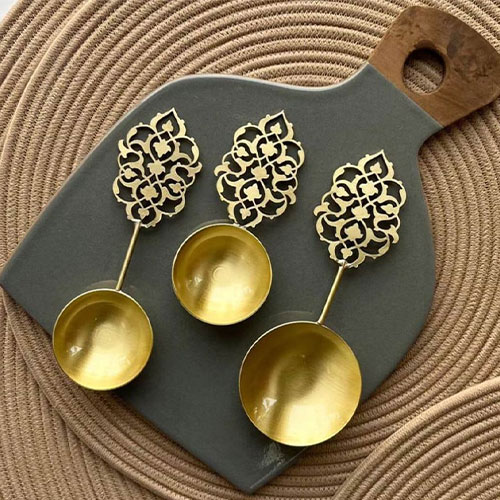
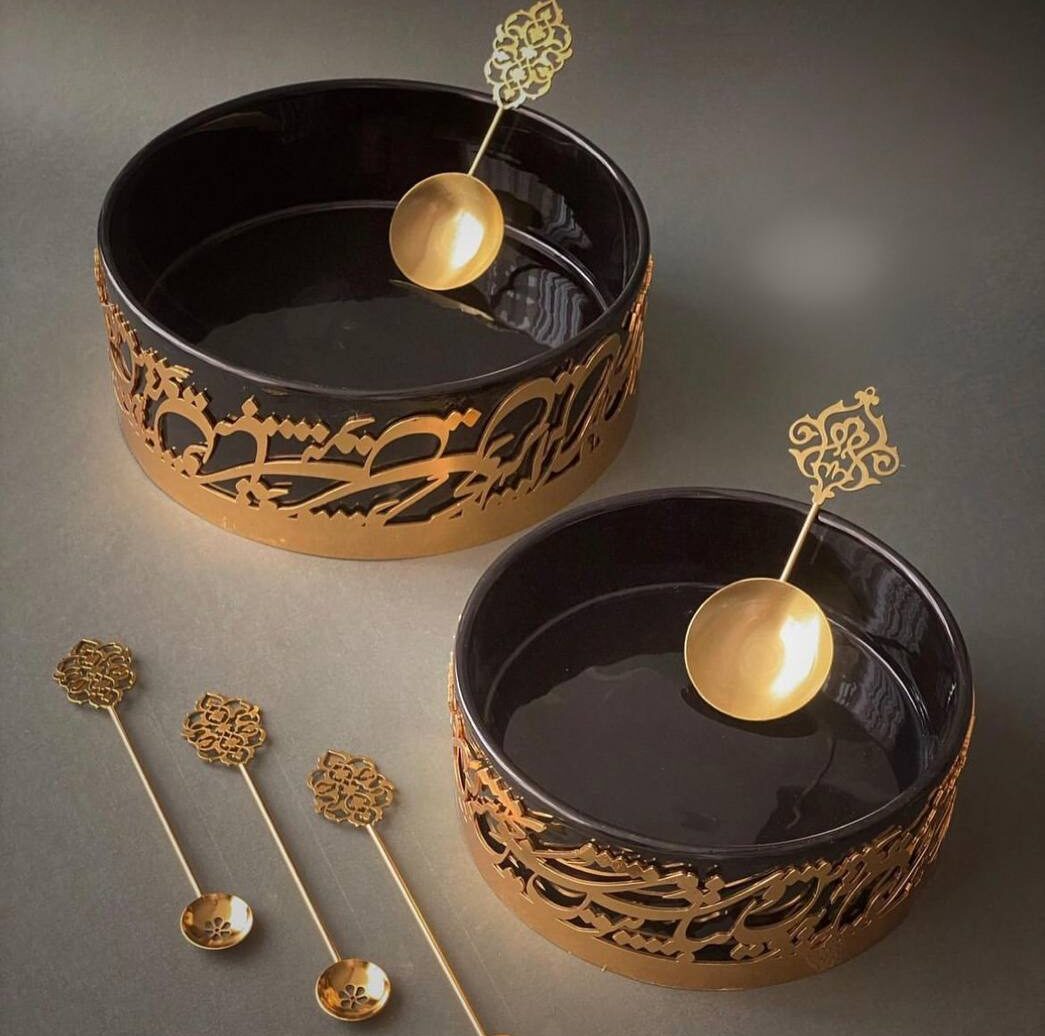

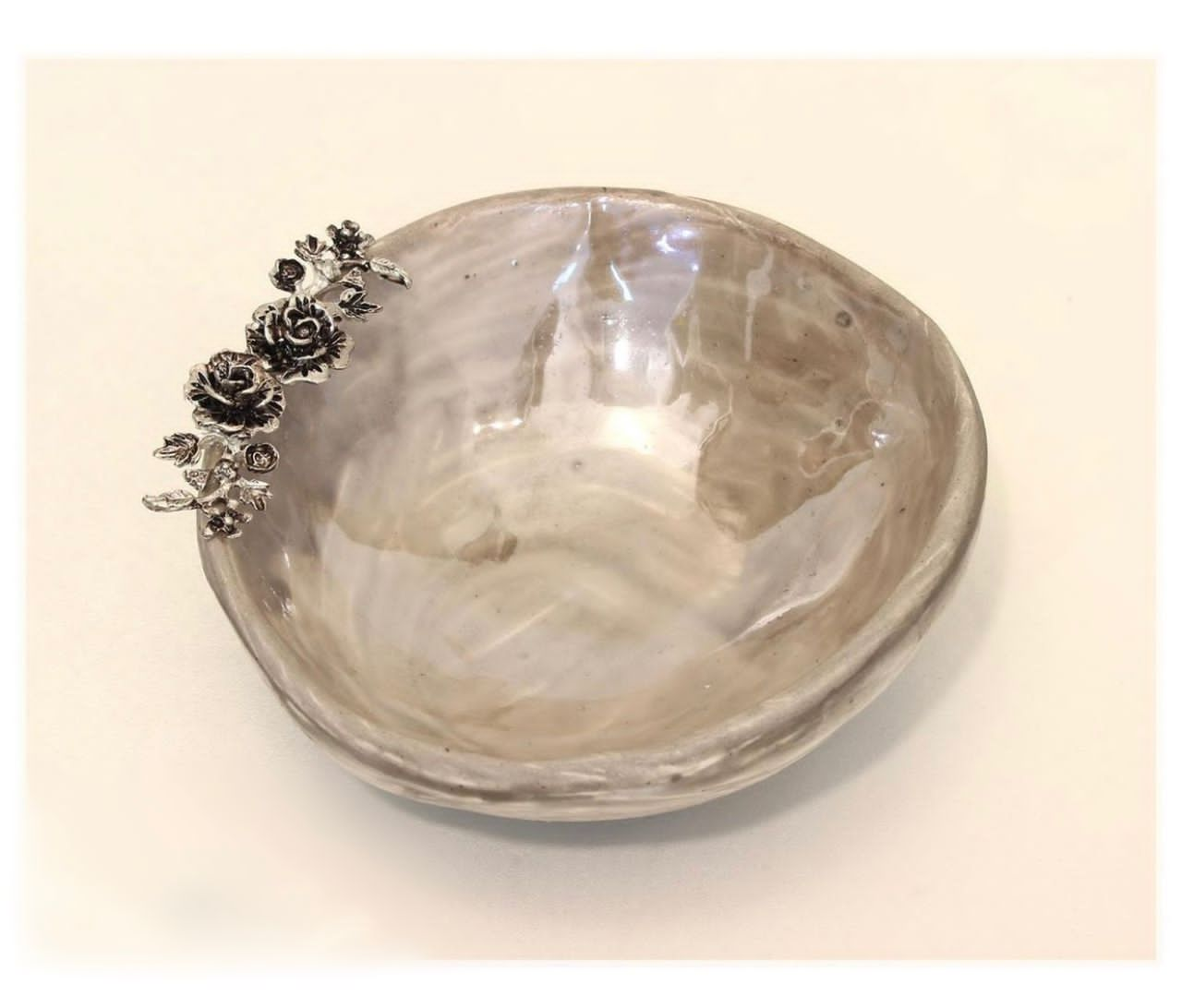
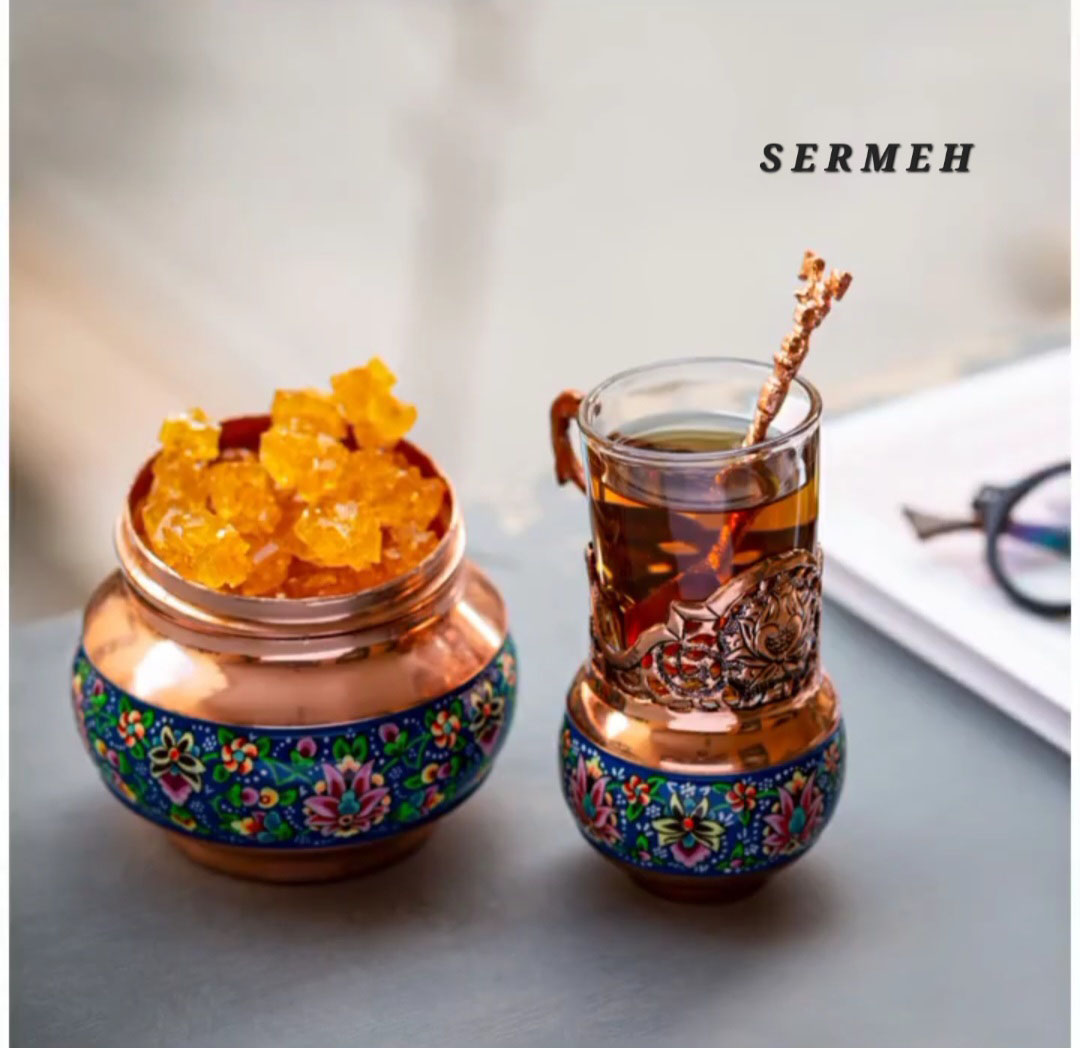
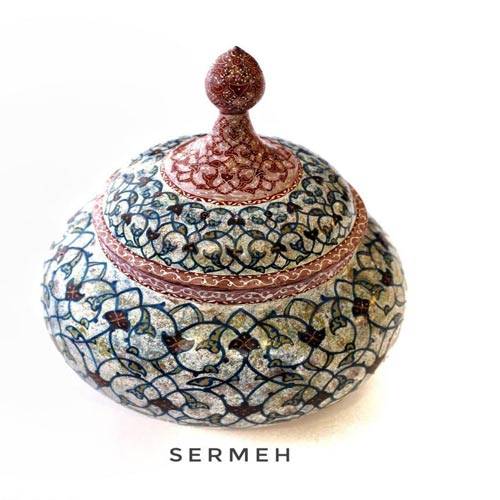
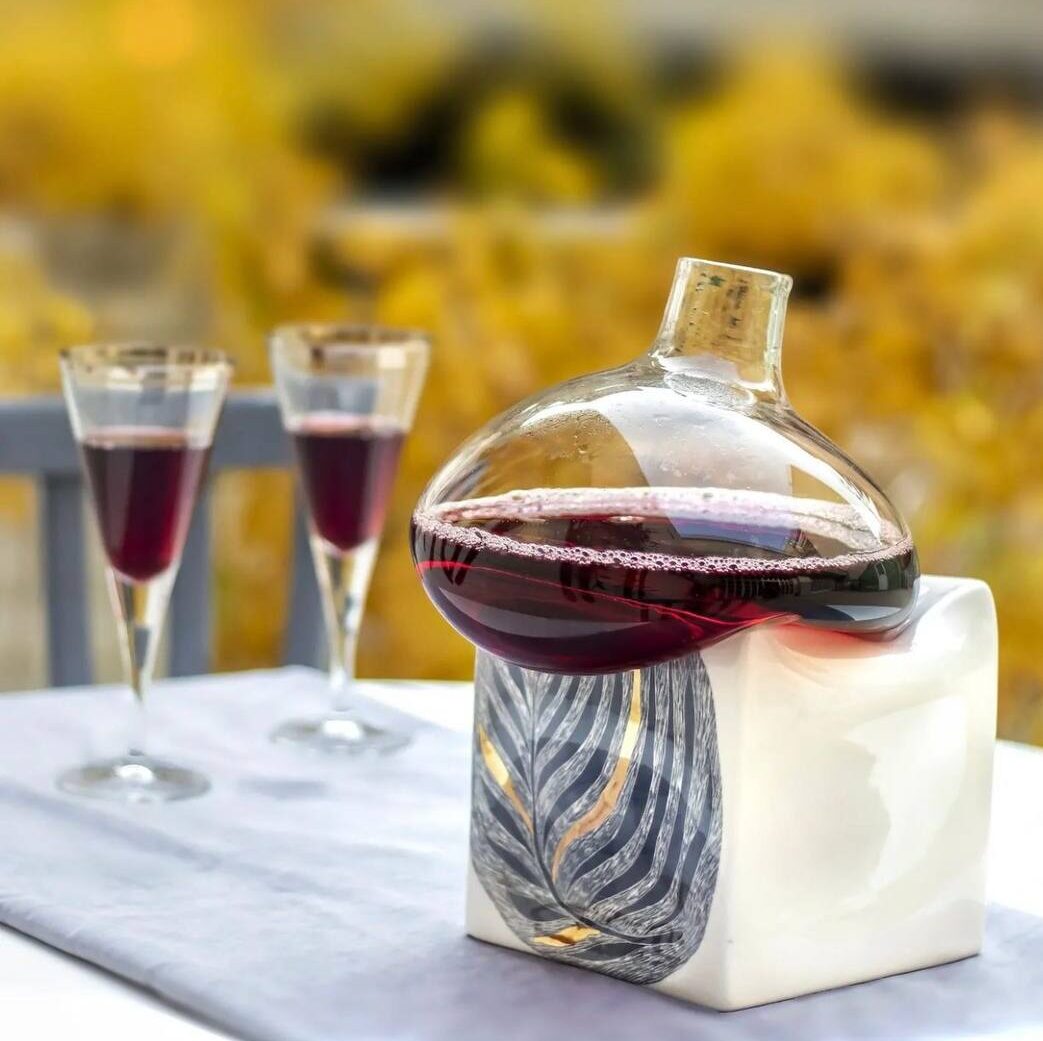
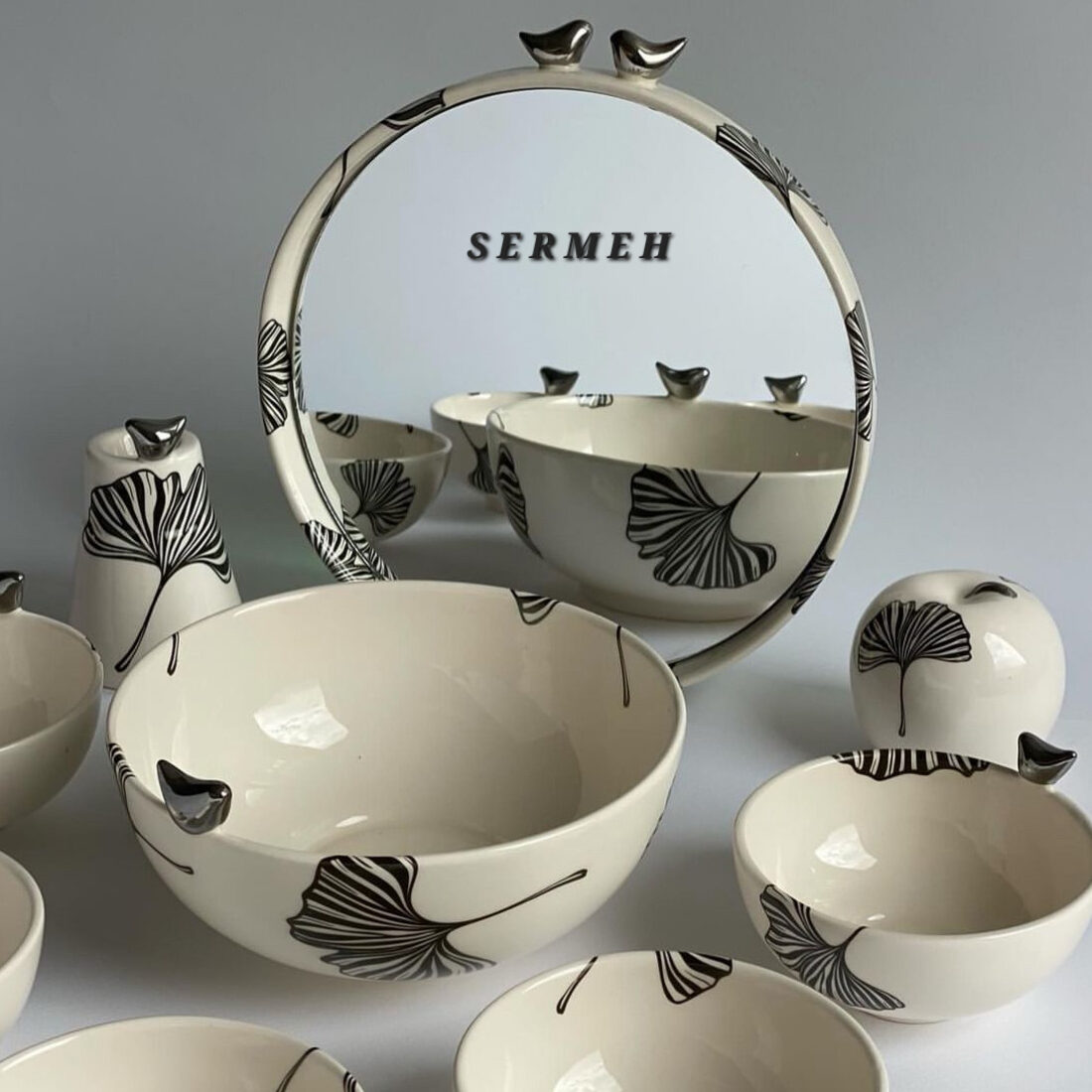
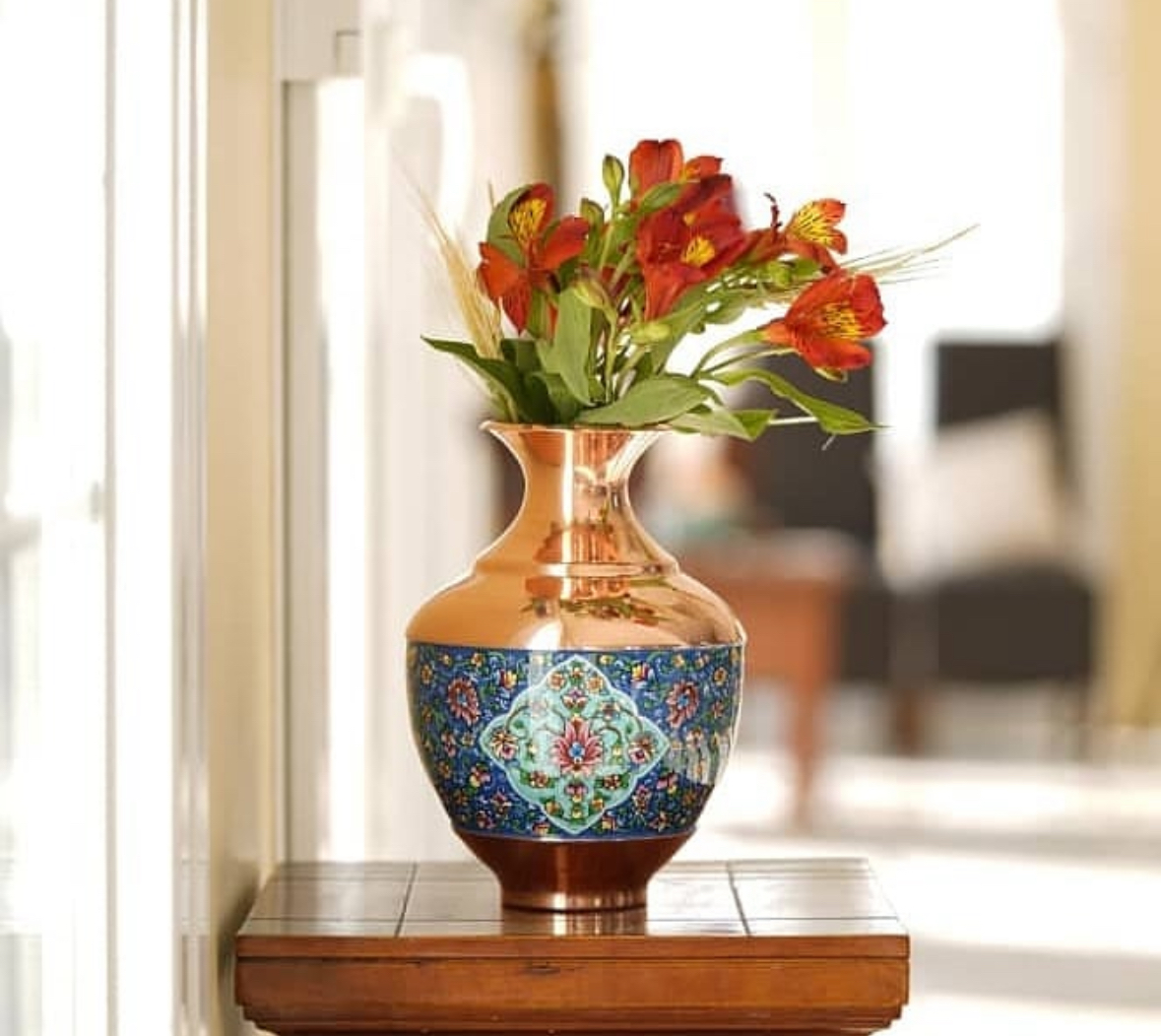
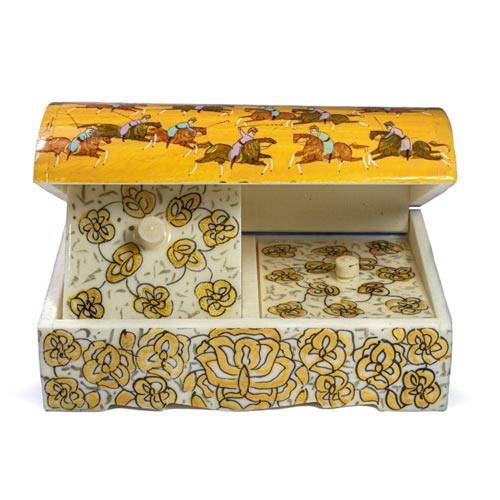
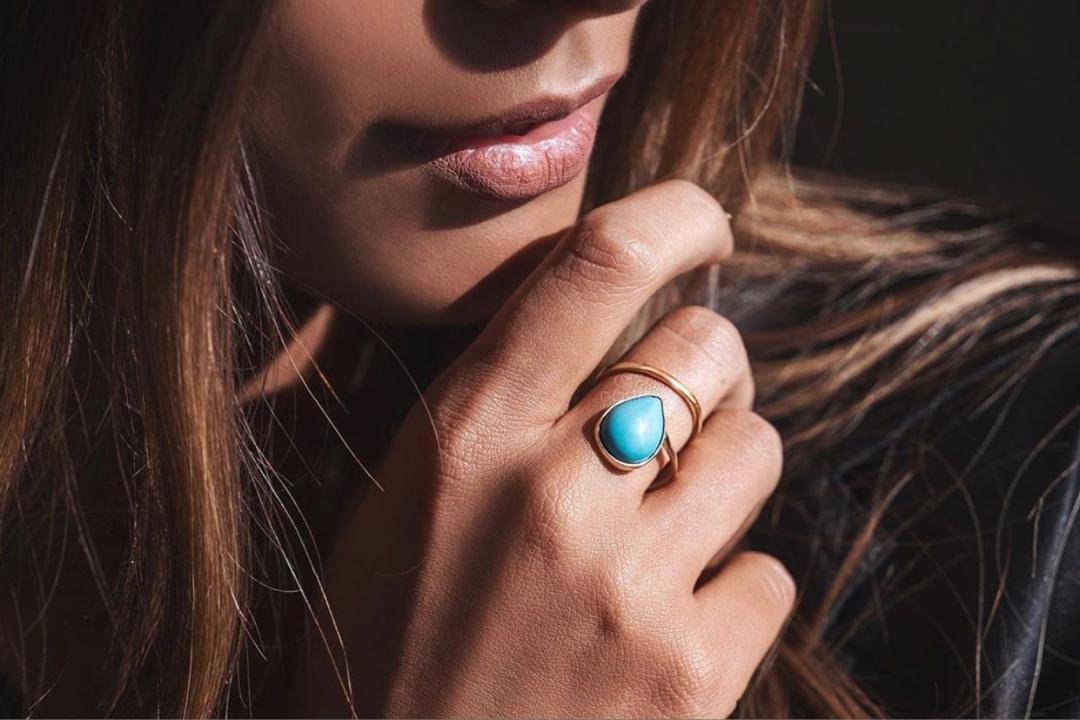
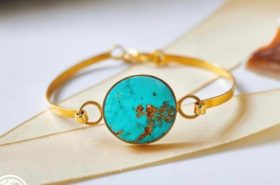 History Of Turquoise Stone
History Of Turquoise Stone